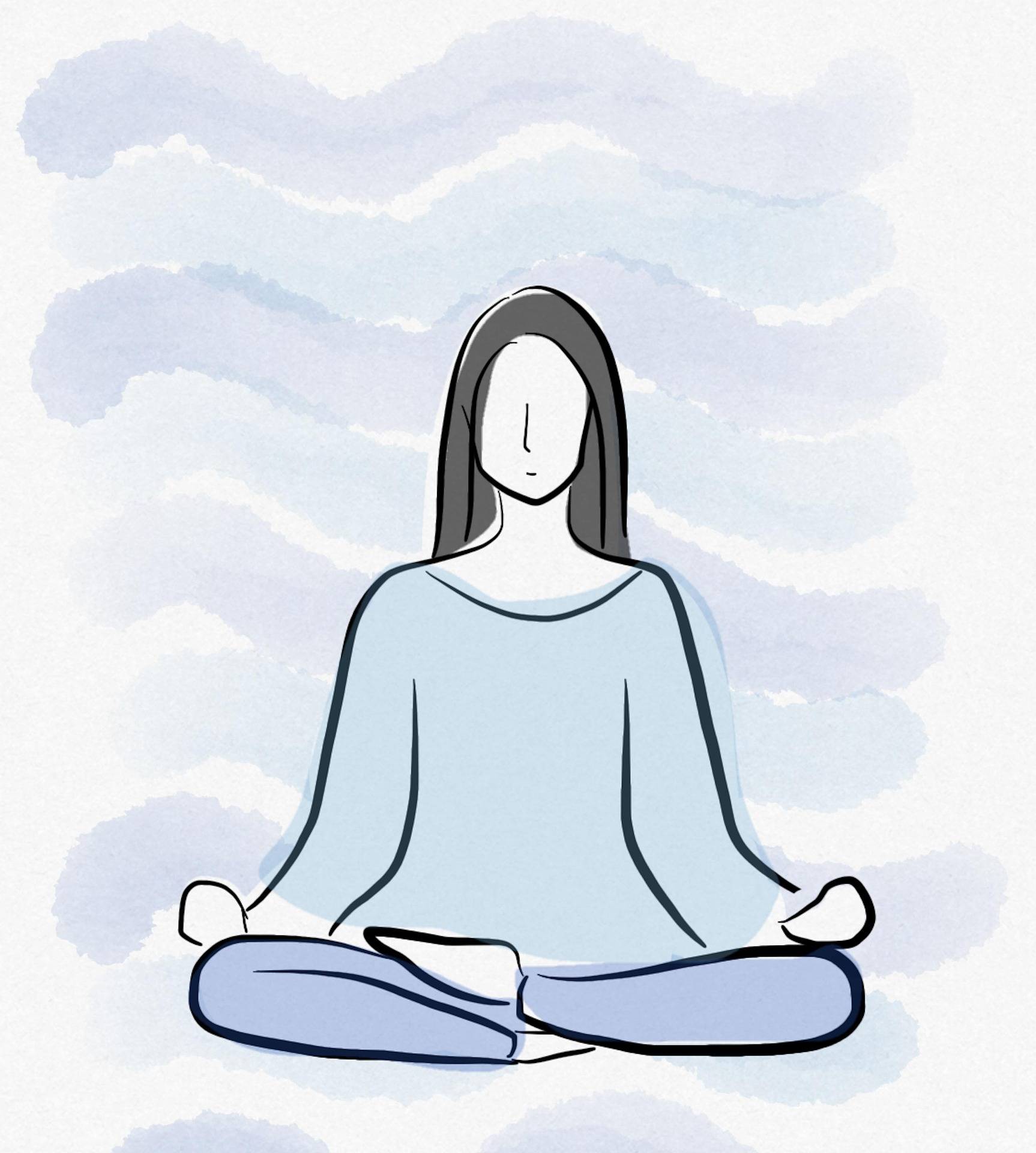In today’s fast-paced, hyper-digital world, our attention spans are shrinking, and our minds are constantly overstimulated. Whether it’s social media, video games, or instant messaging, we’re constantly exposed to dopamine triggers throughout the day. This is where the concept of a Dopamine Detox comes into play—a mindful practice aimed at resetting the brain’s reward system and regaining mental clarity. Let’s dive into what it means, why it matters, and how you can start your detox journey today.
Introduction to Dopamine Detox
What is Dopamine?
Dopamine is a powerful neurotransmitter that plays a central role in how we feel pleasure and stay motivated. It’s involved in everything from decision-making and memory to movement and emotional response.
- Pleasure and Reward: When you eat your favorite food, check your phone for likes, or complete a task, dopamine is released—giving you that feel-good sensation.
- Behavior and Motivation: Dopamine isn’t just about pleasure; it drives you to seek out rewarding experiences repeatedly, influencing habits and long-term behaviors.
The Concept of Dopamine Detox
The term Dopamine Detox was popularized by Dr. Cameron Sepah, a clinical psychologist, as a behavioral technique to manage compulsive activities. The idea is not to eliminate dopamine (which is impossible) but to avoid high-dopamine triggers temporarily so your brain can reset its response to natural rewards.

- Origin: Rooted in cognitive behavioral therapy.
- Myths: It’s not about becoming emotionless or avoiding all pleasure—it’s about mindfully reducing overstimulation.
- Purpose: The goal is to regain control, improve focus, and build healthier habits.
Why is Dopamine Detox Relevant Today?
Modern technology has created a world of instant gratification. From TikTok reels to fast food, everything is designed to hijack our attention and flood us with dopamine.
- Shorter attention spans
- Increased anxiety and restlessness
- Difficulty enjoying simple pleasures
A dopamine detox allows us to step back and realign our brains with a more intentional and fulfilling way of living.
The Science Behind Dopamine and Addiction
Understanding the Dopamine System
Dopamine is produced in areas of the brain like the ventral tegmental area (VTA) and acts along pathways like the mesolimbic pathway, which governs reward and pleasure.
- Reward Circuits: Dopamine is central to the brain’s reward system.
- Habit Formation: Repeated behaviors that release dopamine become ingrained over time, forming habits—both good and bad.
The Effects of Overstimulation

Too much stimulation from digital content, sugar, or even social validation can desensitize dopamine receptors, making it harder to feel pleasure from everyday activities.
- Mood Disorders: Chronic overstimulation can contribute to anxiety, depression, and fatigue.
- Digital Addiction: Constant smartphone use trains the brain to seek quick dopamine fixes, making deep focus harder.
Recognizing Signs of Dopamine Overload
Common indicators that you may need a Dopamine Detox include:
- Compulsively checking notifications
- Inability to focus on long-form content
- Constant restlessness or boredom
- Dependence on external validation
Becoming self-aware of these behaviors is the first step in breaking free from them.
A Step-by-Step Guide to Starting Your Dopamine Detox
Preparing for a Dopamine Detox
Start by clarifying why you’re doing a detox. Please write it down—set intentions.
- Define Goals: Do you want to improve focus, reduce anxiety, or build better habits?
- Identify Triggers: List activities that lead to overstimulation (e.g., social media, junk food).
- Set the Stage: Turn off notifications, clean your space, and inform those around you.
The Detox Process
There’s no one-size-fits-all approach to a dopamine detox. Some choose a full day; others take a weekend or week.
- Duration: Start with 24 hours and expand as needed.
- Replacement Activities: Try reading, journaling, walking, meditating, or engaging in hobbies.
- Coping with Withdrawal: You may feel bored or anxious—embrace it as part of the reset process.
Post-Detox Strategies
After the detox, reintegrate high-stimulation activities gradually and intentionally.
- Healthy Reintroduction: Don’t binge immediately. Choose what to bring back mindfully.
- Habit Reinforcement: Replace compulsive habits with healthier alternatives.
- Reflect Regularly: Keep track of what triggers your attention and adjust accordingly.
Unlocking the Benefits of a Dopamine Detox

Improved Focus and Concentration
One of the most noticeable benefits is improved cognitive clarity.
- Deep Work: You’ll find it easier to concentrate on tasks without feeling distracted.
- Productivity: Reduced multitasking leads to higher quality and faster results.
- Mental Endurance: You can sustain focus for longer periods, improving your performance.
Enhanced Emotional Well-Being
Reducing overstimulation creates emotional space and stability.
- Reduced Anxiety: Less digital noise leads to a calmer, clearer mind.
- Emotional Resilience: You become less reactive and more thoughtful.
- Real-Life Testimonials: Many people report sleeping better, feeling happier, and experiencing greater life satisfaction after detoxing.
Greater Appreciation for Simple Pleasures
A Dopamine Detox helps reset your brain to appreciate life’s simple joys, without needing extreme stimulation.
- Mindfulness: You become more present and aware.
- Simplicity: Everyday tasks feel more rewarding.
- Long-Term Gratitude: This shift in perspective can enhance relationships and personal well-being.
Challenges and Considerations
Potential Difficulties During Detox
Don’t expect the process to be easy, especially if you’re used to high levels of digital input.
- Boredom
- Cravings
- Restlessness
Tip: Be compassionate with yourself. Growth takes time.

Who Should Consider a Dopamine Detox?
A Dopamine Detox is ideal for:
- Students struggling to concentrate
- Entrepreneurs and creatives with burnout
- Anyone feeling overwhelmed by technology
Mental Health Considerations: If you’re dealing with depression, anxiety, or ADHD, consult a mental health professional before starting.
Long-Term Commitment to Balance
Detoxing is just the beginning. Lasting change comes from consistent practice.
- Daily Self-Care: Meditation, journaling, exercise, and digital boundaries.
- Ongoing Awareness: Monitor when old habits start creeping back.
- Community Support: Share your journey with friends or join digital minimalism groups.
Conclusion
Understanding how dopamine works—and how overstimulation affects our well-being—is the first step to taking back control. A Dopamine Detox is not about restriction, but about realignment. It’s a tool to help you reconnect with what matters most—focus, purpose, and joy in the present moment.
If you’re feeling mentally drained, distracted, or constantly overstimulated, consider trying a dopamine detox. It may just be the reset your brain has been craving.
FAQs
Q1: What is the ideal duration for a dopamine detox?
A: Start with 24 hours. Gradually try longer durations like a weekend or even a full week, depending on your needs.
Q2: Can I still engage in social activities during a dopamine detox?
A: Yes, as long as they’re low-stimulation and intentional (e.g., a walk with a friend instead of endless texting).
Q3: How often should I consider doing a dopamine detox?
A: Many people benefit from weekly or monthly detoxes. It’s a great tool to recalibrate regularly.
Q4: Are there any risks associated with dopamine detox?
A: Generally, it’s safe. However, individuals with mental health conditions should consult a professional before starting.
Q5: What activities are recommended during a dopamine detox?
A: Journaling, reading, meditating, nature walks, stretching, cooking, deep thinking, and creative expression.



